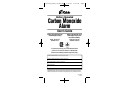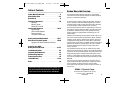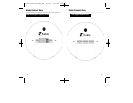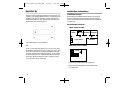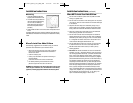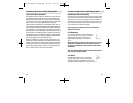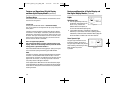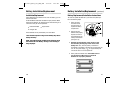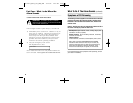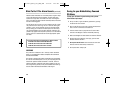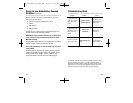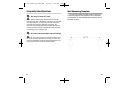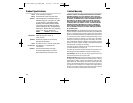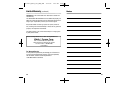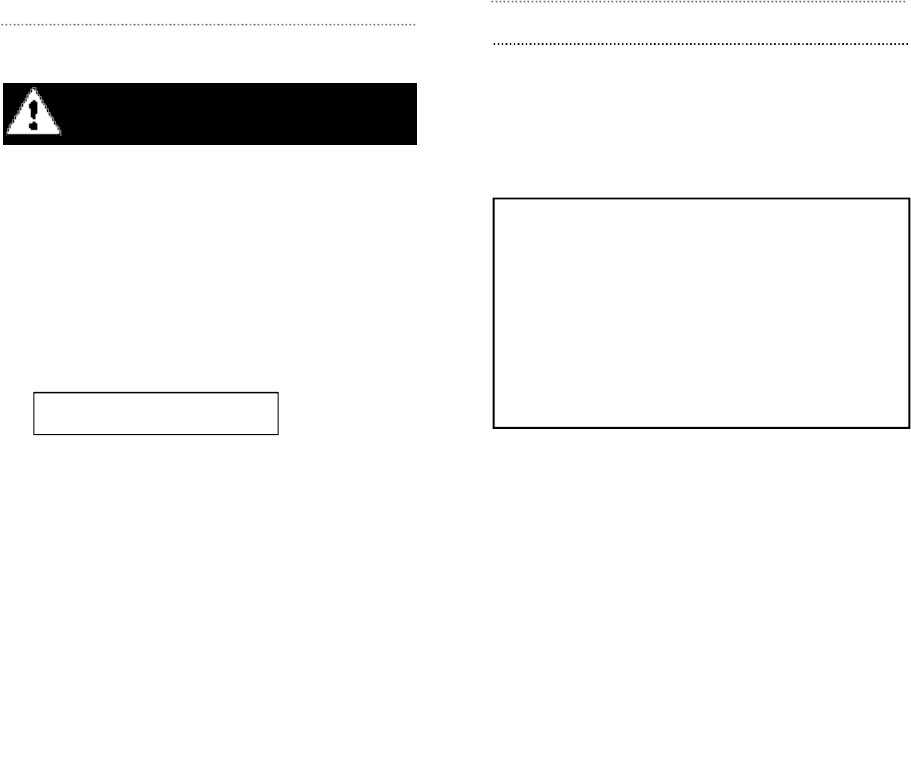
What To Do If The Alarm Sounds
( c o n t i n u e d )
Symptoms of CO Poisoning
The following common symptoms are related to carbon monoxide
poisoning and should be discussed with ALL members of the
household. Learn the difference between mild, medium and
extreme levels.
Caution: This CO alarm will only indicate the presence of CO at
the sensor. CO may be present in other areas.
Mild Exposure: Slight headache, nausea, vomiting, fatigue (often
described as “Flu-like” symptoms).
Medium Exposure: Severe throbbing headache, drowsiness,
confusion, fast heart rate.
Extreme Exposure:
Unconsciousness, convulsions, cardiorespiratory failure, death.
Many cases of reported CARBON MONOXIDE POISONING
indicate that while victims are aware they are not well, they
become so disoriented they are unable to save themselves by
either exiting the building or calling for assistance. Young
children and household pets are typically the first affected.
If you experience even mild symptoms of CO poisoning, consult
your doctor immediately!
P a r t Four – What to do When the
A l a r m Sounds
18
19
Carbon Monoxide Alarm Procedure
If alarm signal sounds 4 quick beeps, 5 seconds off:
1) Immediately move to fresh air - outdoors or by an
open door or window. Check that all persons are
accounted for. Do not re-enter the premises or
move away from the open door/window until
emergency services responders have arrived, the
premises have been aired out, and your alarm
remains in its normal operating condition.
2) Call your emergency local service
(fire deptartment or 911).
Never restart the source of a CO problem until it has
been corrected. Never ignore the sound of the alarm!
PHONE NUMBER
WARNING: Actuation of the CO Alarm
indicates the presence of Carbon Monoxide
(CO) which can kill you.
810-2263_RevA_146_MAN_ENG 4/14/04 3:29 PM Page 18



